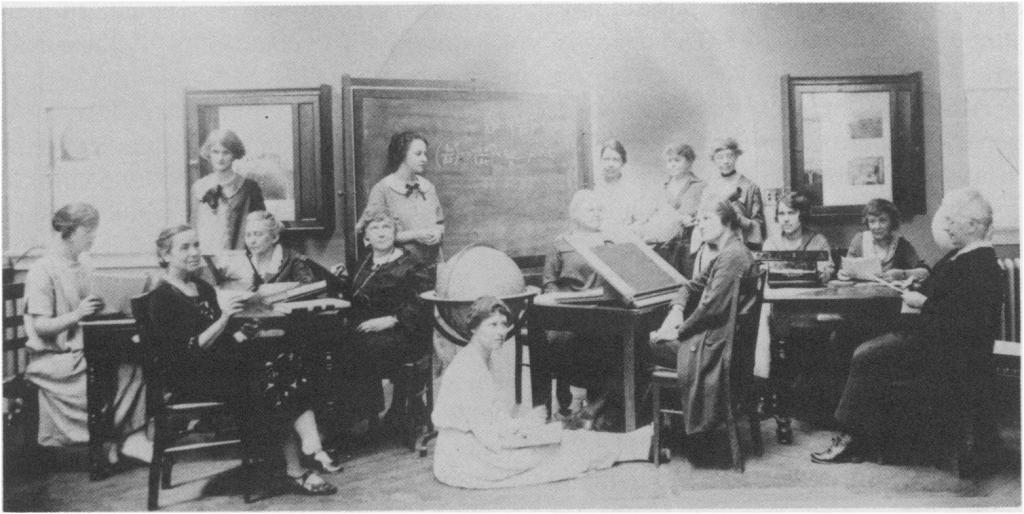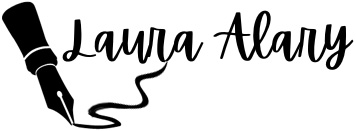
I love to make connections between people and events and ideas. So in anticipation of the upcoming solar eclipse on April 8th, I thought I would share a few tidbits about some of my favourite astronomers and how their lives were affected–and in some cases connected–by solar eclipses.
Maria Mitchell: 1831, 1869, and 1878
On February 19,1831, twelve-year old Maria Mitchell stood by her father as he set up his telescope in the front room of their Nantucket home. As he observed through the smoked lens, she counted the seconds it took the lunar shadow to pass over the face over the sun. Her father then showed her how to use this information to calculate the exact longitude of their home–data which they would then use in calibrating chronometers to help sailors navigate at sea. This first experience of a solar eclipse led directly to Maria becoming a professional astronomer.

Maria Mitchell witnessed two more solar eclipses in her lifetime. In 1869, by which time she was a professor of astronomy at Vassar College, she brought a group of women students to Burlington, Iowa, to study the celestial phenomenon. You can read her vivid description of the events in this article by Maria Popova. Again, in 1878, she led an expedition of women from Vassar to the relatively wild territory of Colorado to observe and measure the eclipse and, in the process, change some attitudes toward women in science.

Cecilia Payne and Arthur Eddington: 1919
Fifty years later, on the other side of the Atlantic, British astronomer Arthur Eddington gave a public lecture at Cambridge in which he recounted the details of his 1919 expedition to use a solar eclipse as an opportunity to collect evidence in support of Einstein’s theory of General Relativity.
In the audience that evening was a young woman who would later credit the lecture with changing the course of her life, and in the process, the developing science of astrophysics. Cecilia Payne had come to Cambridge to study botany, but Eddington ignited in her a desire to understand the stars.

Cecilia switched the focus of her studies to astronomy and became acquainted with Eddington, who gave her access to the library at the Cambridge Observatory. Although she excelled at her studies, it became clear to Cecilia that opportunities in astronomy for women in England were almost non-existent (a sad situation given that well over a century had passed since King George III granted a stipend to astronomer Caroline Herschel, making her the first woman in England to be paid for scientific work).
Ambitious and determined, Cecilia traded one Cambridge for another, moving to Harvard College in Massachusetts. There, she did innovative work on stellar spectra, determining the chemical composition of stars by analyzing the light they emitted. Among her colleagues was Antonia Maury, former student of none other than Maria Mitchell. (In the image below of the so-called Harvard Computers, taken in 1925, Antonia Maury is seated at the front left, while Cecilia Payne sits at the drafting table.)

So, as the sun grows dark on April 8th, give a thought to these pioneering women, the men who encouraged them, and the solar eclipses that connected all these lively minds. Get curious and, if you can, help someone else get curious too.
If you would like to introduce Maria Mitchell to young readers, check out my picture book biography The Astronomer Who Questioned Everything. And stay tuned for news about an upcoming book about Cecilia Payne…


